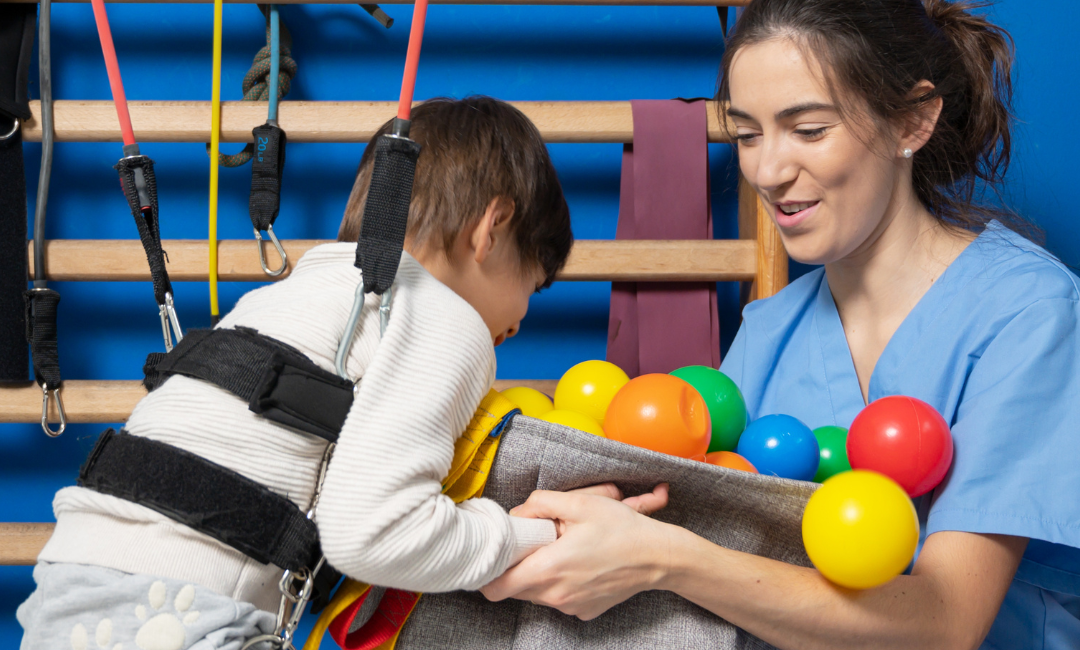The ‘What & Why’ of Labor Positions
Positions during labor may have various meanings to any and all of those involved in the labor process.
While there are varying labor positions that can be performed in the bed, standing, sitting, or while ambulating; positioning may also be done for three very different reasons, each with its own ideology.
Regardless of the reason or method for positioning, it is the responsibility of the labor and delivery nurse to assist and guide their patients through the labor process. They should be monitoring both the fetal and maternal status for concern.
Maternal Comfort
For the expecting mother, labor positions may be done without much notice.
Laboring women may find any turn, bend, or twist that provides even temporary comfort or relief during mild to severe levels of pain.
Providing guidance to position changes or having moms take charge in positioning to find comfort through the pain can be considered a form of non-pharmacological pain relief.
For some, this small intervention can be used as an effective tool to manage labor pain.
As you gain experience as a labor and delivery nurse, you will be able to help pass along tips and tricks that have worked for other laboring moms you have cared for.
Be sure to always keep in mind that what works with one patient may not work for the next, though.
Maternal pain during labor can change slowly or rapidly throughout the labor course.
Assessing maternal pain can help identify labor progression, medical emergencies, or even fetal descent into the birth canal.
Being aware of pain levels and patient descriptions of pain will become an essential part of your overall assessment.

Labor Progression
Labor can become complex depending on maternal status, maternal history, or fetal status.
As you can imagine, each labor experience is different from patient to patient.
There can be a multitude of events happening at any given moment during a single labor and each of these components may interfere with the ability to perform certain labor positions.
Frequent position changes during labor, even subtle ones, have shown a correlation to getting the fetus positioned in the pelvis and applied to the cervix to promote dilation. Studies have also shown a link to decreasing the first phase of labor.
Having a good understanding of your patient’s current medical status and history to assist them with a variety of positions that are safe for them can help with the overall goal of promoting a successful vaginal delivery.
Fetal Status
While laboring, the maternal patient is the voice of the labor, but ultimately the baby runs the show.
While utilizing any maternal position throughout the course of labor, properly managing fetal status is something to always keep in mind.
Fetal status will always be your ultimate guide to fall back on to ensure fetal safety and tolerance.
With keeping the importance of fetal monitoring in mind, if you are unable to assess the fetus, maternal positioning must take a back seat to allow for fetal safety.
During labor, there may also be times that the fetal heart rate reflects an immediate need for maternal position change.
When the time arises for a maternal position change due to the fetal heart rate and you position a mom successfully that induces a fetal heart rate to recover, you gain a sense of success from performing such a small intervention.
While this might not be the only intervention required to correct a troublesome fetal heart rate, it is just a reference of the power, capability, and value maternal positioning holds.








